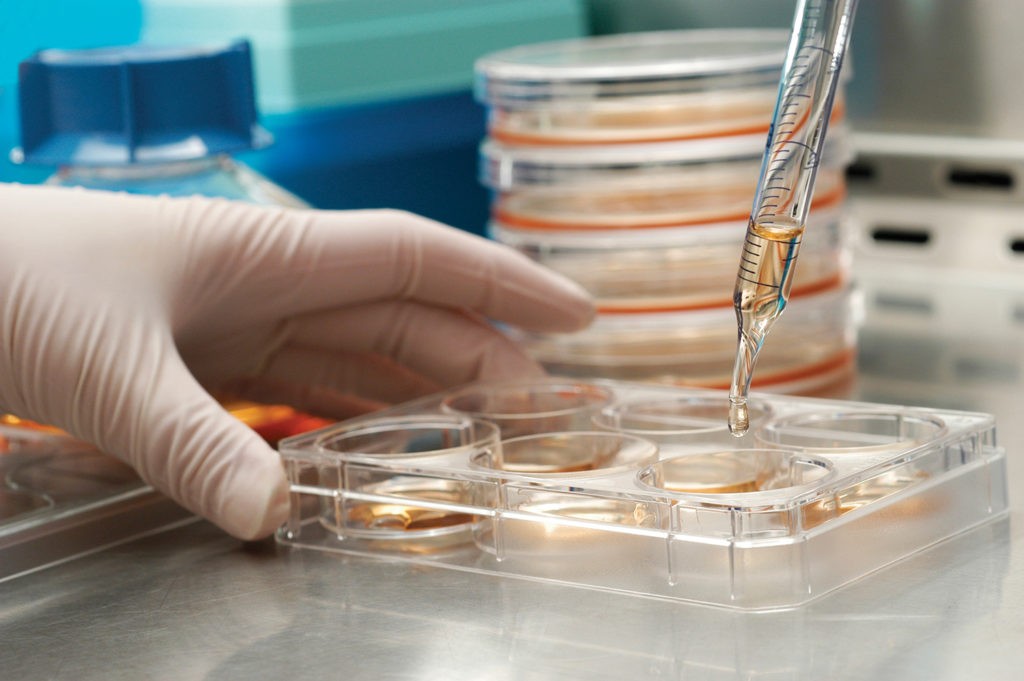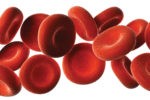Advantages of Cord Blood Banking

There is no shortage of myths, misconceptions, and confusion when it comes to stem cell research and regenerative medicine, so it is no surprise that much of those misconceptions are surrounding cord blood and cord blood banking.
Blood Stem Cells are Vital
Healthy blood stem cells are vital because they can replace the supply of red blood cells, white blood cells, and platelets for people with blood related diseases. Umbilical cord blood is one of the three sources for stem cell transplants, which also includes bone marrow and peripheral blood cells collected from adult donors, according to the National Marrow Donor Program. It is also vital to research and provides a noncontroversial source of stem cells, unlike cells that come from embryos or cloning.

A Wealth of Possibility
Most cells can only produce copies of themselves, with skin cells producing skin cells for example. Hematopoietic cord blood cells are like the superhero of cells and can mature into different types of blood cells. There are a number of advantages in using cord blood, such as being less likely to cause rejection than cells from bone marrow. Cord blood stem cells are also easier to collect and store, and have the ability to strengthen the immune system during cancer treatments- something of which stem cells retrieved from bone marrow are incapable.
It is well known that stem cells found in a newborn baby’s cord blood is rich in hematopoietic stem cells which have been used to treat over 80 different blood and immune disorders with many therapies to treat a host of genetic and neurologic disorders currently in research and clinical trials.

The Great Divide: What Patients and Parents Believe
There is no question that stem cells show much promise, which makes banking cord blood a good idea. Yet what is possible now, how likely they are to need it, and how it can be used is somewhat of a mystery to most of the public.
Cord blood is useful because it is a source of stem cells that mature into blood cells, which is useful for transplantation in people who need regeneration of these blood-forming cells. This is true for cancer patients, whose disease is found in the blood, and chemotherapy treatment kills both cancer cells and healthy blood forming cells. In these cases, the transplanted stem cells from cord blood can help the healthy blood cells regenerate after chemotherapy.
The public however, sees cord blood as “biological insurance”, a possible cure-all, and consider possible future benefits as proven therapies, wherein lies much of the controversy. One of the most common misconceptions is that the newborn cord blood retrieved is automatically fit for treatment for that child. Unfortunately, this is not the case. In some cases, the disease cannot be treated with cord blood because the cord blood contains the same disease or defect.
The public too, has an inflated sense of need where the likelihood of needing the cord blood is far less than they believe. Emergent therapies in Cerebral Palsy, Neonatal Oxygen Deprivation, Type 1 Diabetes, and Hypoplastic Left Heart Syndrome, where children might use their own cord blood are increasing, but still far from being proven, or approved.
Worth the Effort and the Cost
Every parent is faced with the possibility of their child becoming sick. While the likelihood of becoming sick with something cord blood can treat is probably not as high as feared, and treatment possibilities not as expansive or effectual as the general public believes, cord blood banking still holds tremendous possibility. Year after year, cord blood treatments are increasing, though it is impossible to calculate the possible benefits if any should exist beyond what is already known. The greatest medical breakthroughs, in fact all medical advances, are made on this foundation — of what may be possible. Retrieving and storing cord blood is not just about its uses today; it’s also banking on the possible therapies of tomorrow.






